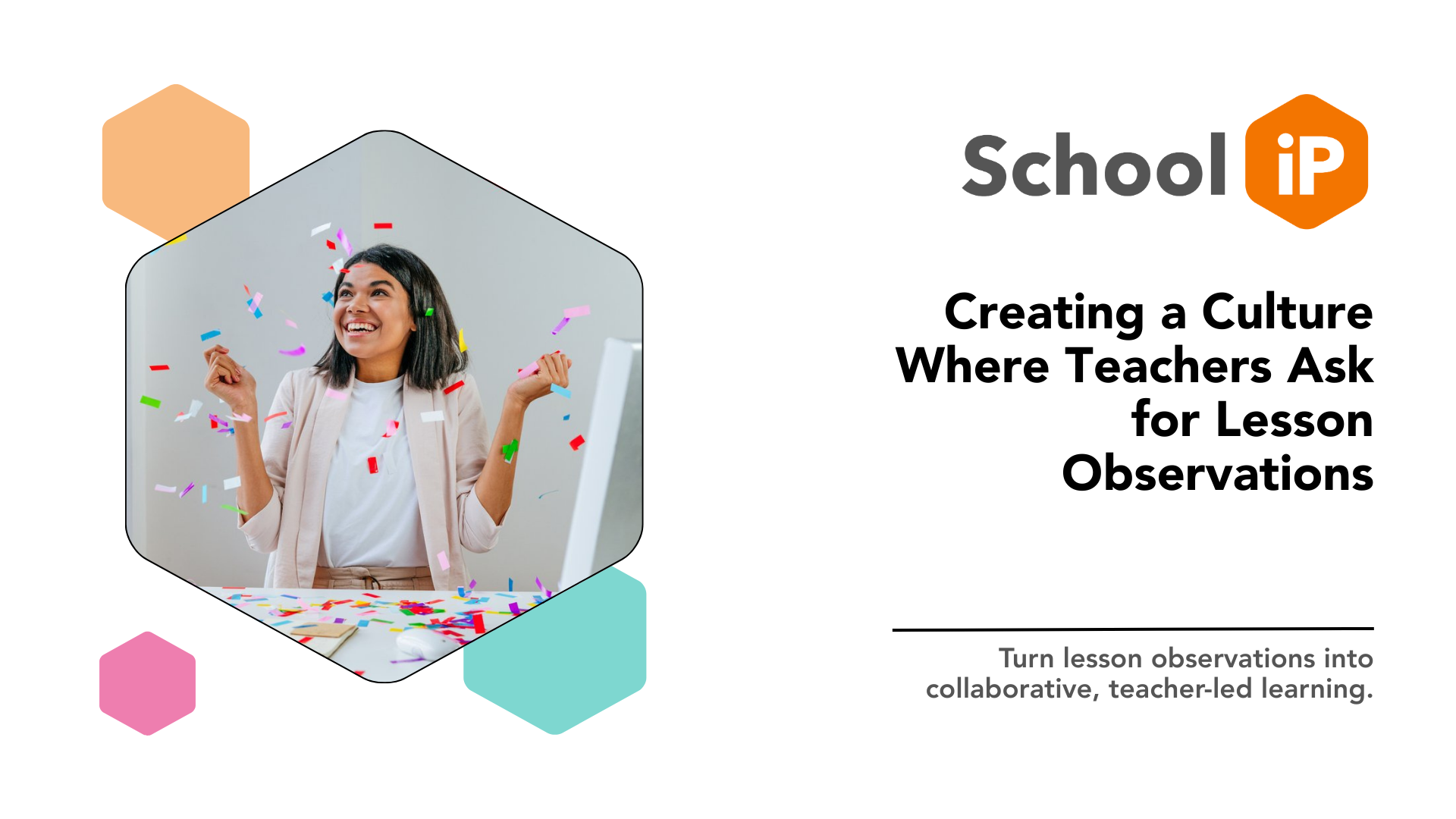Creating a Culture Where Teachers Ask for Lesson Observations


In many schools, lesson observations are seen as high-stakes, judgmental, or even performative. But when done right, lesson visits can be something entirely different, a trusted, collaborative space where professionals grow through shared reflection and feedback.
The key to transforming this culture isn’t simply changing the terminology. It’s about changing the purpose, the process, and the perception.
The first shift is mindset. Observations should no longer be framed as tools for accountability, but as opportunities to learn from and with one another.
This starts with language. Referring to them as “lesson visits” instead of “observations” removes hierarchy and reinforces a shared, non-judgmental intent. The focus moves away from evaluation and toward curiosity, coaching, and professional dialogue.
Instead of observers gathering evidence, visitors and teachers reflect together, asking the same questions and sharing insights that foster growth.
Lesson visits work best when they’re built on shared ownership. Both the teacher and the visitor engage with the same reflective prompts, whether about communication strategies, classroom regulation, or pedagogical approaches, and then come together for a structured conversation.
It’s not about one person telling another what to change. It’s about surfacing professional insight and sharing perspectives.
When done regularly, and in a psychologically safe environment, this approach transforms how staff feel about being seen in the classroom. Over time, lesson visits become something teachers welcome, not avoid.
The goal is to create a culture where teachers don’t just accept lesson visits, they request them.
That shift requires trust, clarity of purpose, and systems that support follow-up. Staff need to know that feedback won’t be used punitively, and that their reflections are valued. Scheduling flexibility, peer-to-peer visits, and open-door practices all contribute to normalising the process.
The most powerful sign of cultural change? When staff begin saying, “Can you drop into my lesson? I want to show you something.”
To build momentum, schools need platforms that make collaboration visible. With SchooliP, schools can embed lesson visits into wider professional development. Reflections, observations, targets, and feedback all live in one place, connected to teacher goals and coaching conversations.
Staff can access previous feedback, log their reflections, and track progress over time. This consistency turns informal dialogue into meaningful development, and allows leaders to celebrate progress across the school.
When done right, lesson visits evolve from isolated snapshots into an embedded habit of professional growth. Over time, staff develop greater confidence, reflect more deeply, and contribute to a wider culture of openness and collaboration.
It’s not just about improving teaching. It’s about strengthening trust, purpose and collective growth, one conversation at a time.